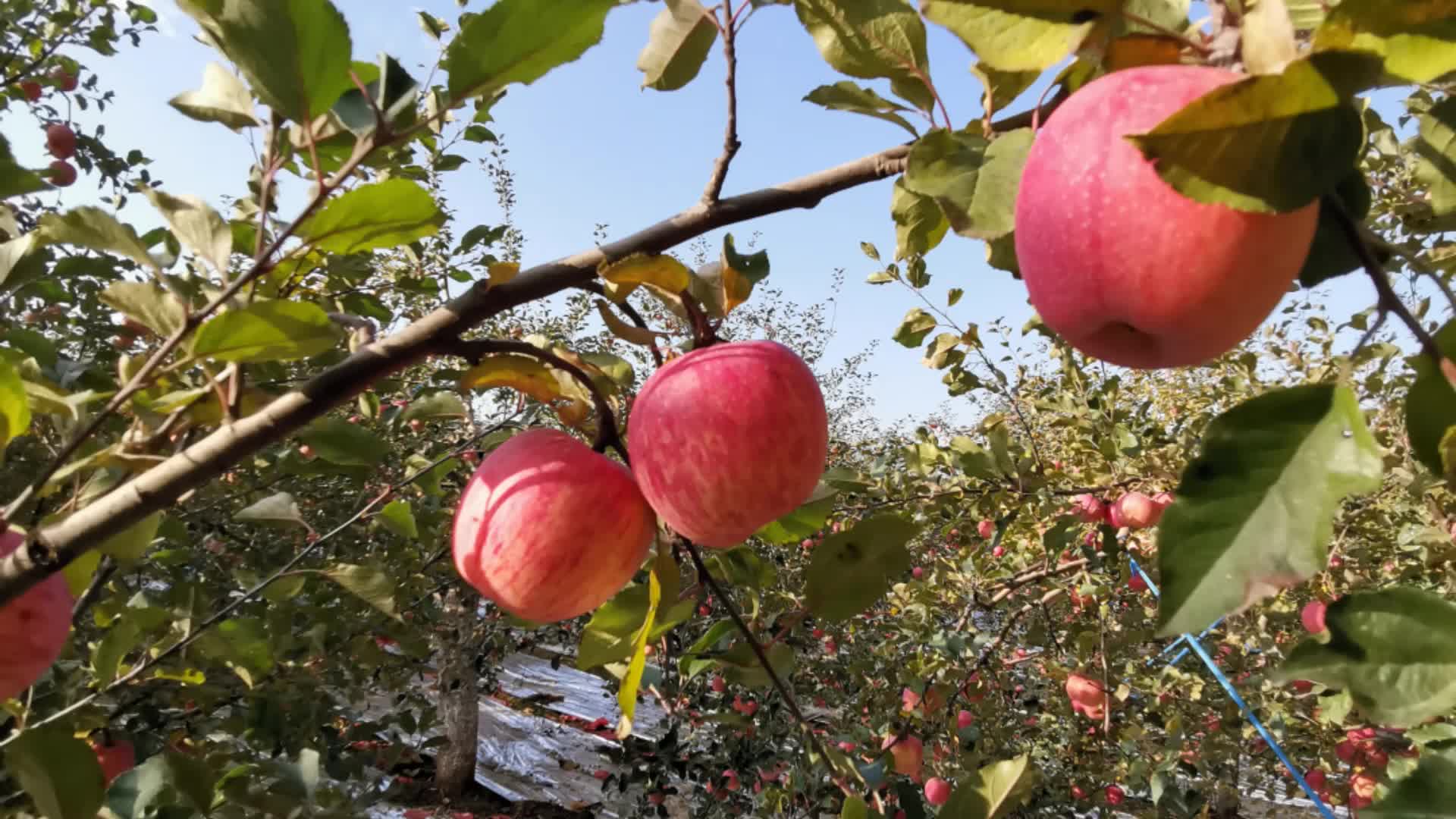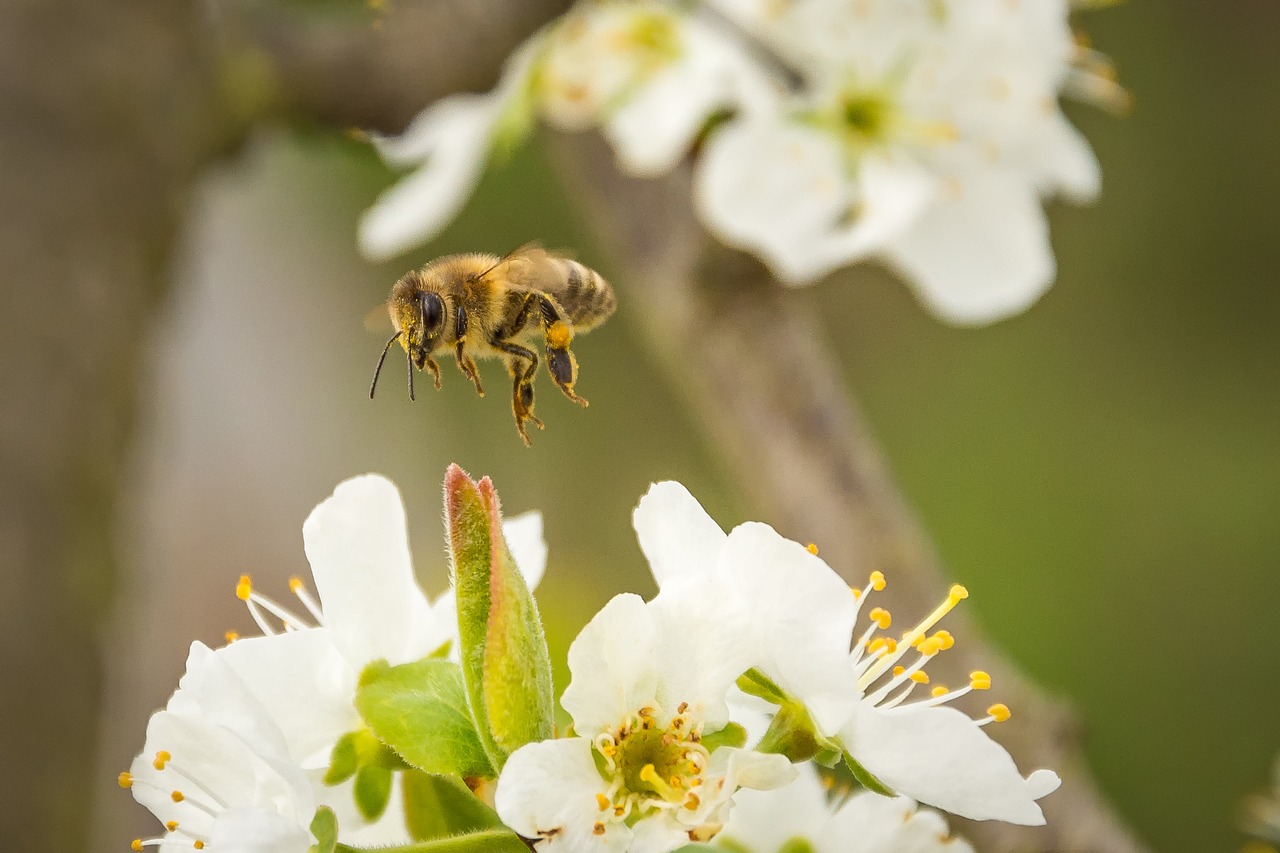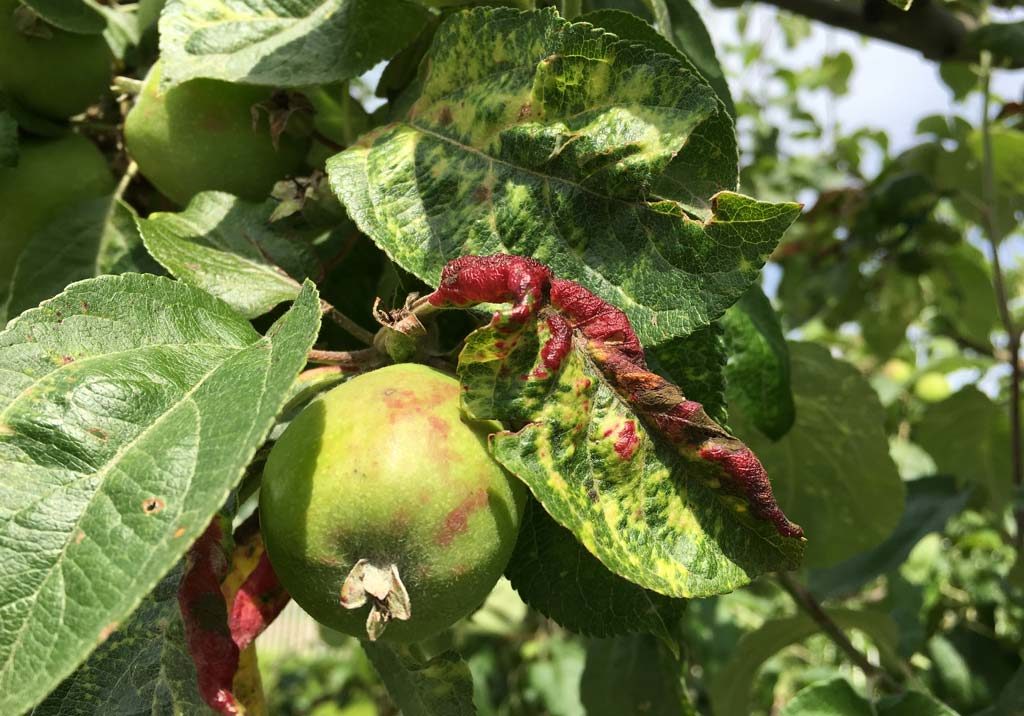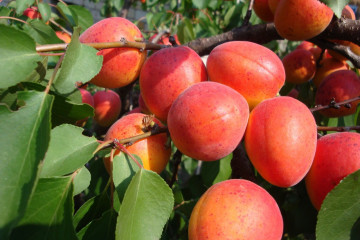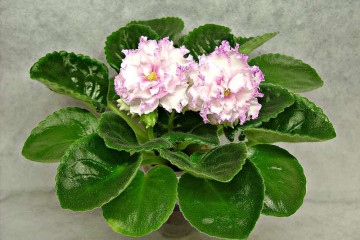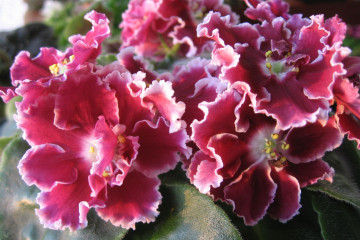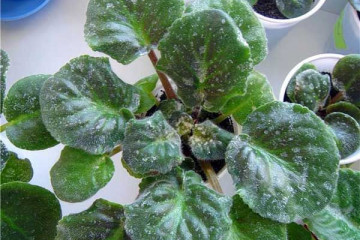Fuji apples - description and characteristics of the variety
Content:
The apple tree is one of the most popular horticultural crops. Probably every gardener in Russia grows this tree in his summer cottage. That is why there are many different varieties, each of which differs in the size of the fruit and their taste. One of the best planting options is the Fuji apple tree. It has a lot of positive characteristics and has a bountiful harvest. Although the tree is unpretentious to maintain, it is still recommended that you familiarize yourself with the main features before planting.
Breeding history of the Japanese variety
The Japanese apple variety is popular not only among domestic gardeners, but also in many other countries of the world. However, it originally appeared in the province of Fujisaka.
Local breeders bred a new species and named it after the area of origin. Fuji's apple variety owes its appearance to two others - Red Delicious and Rolls Janet. He received only the most useful characteristics from his "parents". The tree itself has a beautiful shape, and the fruits are juicy and tasty.
Main varieties
Currently, new varieties of the variety have begun to be imported to many countries. Among them, it is worth noting the following:
- Aztec. A hybrid bred in Australia. Differs in juicy and sweet pulp.
- Kiku. Kiku apples are relatively recent in Japan. It does not differ in high frost resistance, but the fruits themselves are well preserved in the refrigerator.
- Yataka. Fuji clone, which does not have good immunity - powdery mildew or bacterial burns can cause damage to the variety. The fruit is sweet and sour and is used fresh or for making apple juice.
- Red (Nagafu). The first apples appear in September. The fruits tolerate transportation well and can be used for a variety of purposes.
- Toshiro. Creation of Japanese breeders. It has good characteristics, so it is brought to the northern regions and the Moscow region for cultivation. The fruits are crispy, juicy and aromatic.
- Cancer-Cancer. From these short trees, gardeners can reap a succulent and sweet harvest. Cancer-Cancer is highly frost-resistant, but needs a pollinator.
- Beni Shogun. One of the most popular varieties. Differs in high frost resistance, therefore it can be grown in the central part of Russia. Resistant to powdery mildew and rust. The apples are sweet and very aromatic.
Description of the Fuji apple variety
The Fuji tree can grow up to 9 meters in height. However, with proper care of the seedling, you can form a crown of 4-5 meters in diameter. Fuji apples of dwarf species reach a height of no more than 2 meters.
The crown of the tree is quite dense and can have the following shapes:
- spreading;
- flat rounded;
- pyramidal.
The Japanese apple variety can be grown in many regions of the world. It is most widely used in China, Japan and South Korea. But recently it has started to be grown in Europe. At the same time, in the northern regions it is recommended to cultivate only clones such as Kika, Yataka and Toshiro.
Appearance and tasting score
There are no complaints about the appearance of apples - they have the correct shape, a bright red or bright pink hue. The pulp is very juicy and most often sweet and sour. Tasters give Fuji the highest marks for its density and crunchy taste.
Fertility, pollinators
To get the ovaries of the Fuji apple tree, it is necessary to find other varieties in the garden that will play the role of pollinators. These include:
- Gala;
- Everest;
- Red Delicious.
For pollination to go smoothly, you need warm and dry weather, as well as the presence of insects that will pollinate the flowers.
The beginning of fruiting
Fuji begins to bear fruit 4 years after planting. To do this, it must be regularly watered, fed and protected from pests. However, the maximum yield will appear only after 10 years.
Winter hardiness, frost resistance, drought resistance
Most of the Fuji clones have good frost resistance. They can easily survive temperatures down to -25 ° C. Also, many gardeners note the variety's good drought resistance.
Harvest and storage
The fruits ripen in mid-autumn. The amount of harvest is so abundant that the next year the tree does not have enough strength. Therefore, apples are harvested every other season.
The crop itself can be stored for quite a long time. Under the right conditions, fruits can lie until almost early summer.
Pros and cons of the variety
The main advantages are:
- frost resistance;
- high productivity;
- long storage time.
Among the shortcomings, one can single out the frequency of fruiting and poor resistance to many diseases. To reduce the risk of infection, it is recommended to treat the tree in summer with special preparations. Copper sulfate or copper oxychloride will do.
Features of planting and care
Saplings should be planted in autumn or early spring. When choosing planting material, you should not pay attention to the largest ones, since they have much worse survival rate.
The hole for the tree must be prepared at least a month in advance and filled with humus or mineral fertilizers. Before planting, the seedling is soaked in water and must be tied to a peg. This is to avoid wind damage.
To prevent mature trees from interfering with each other, it is recommended to adhere to the following intervals between seedlings:
- Common varieties are 4 × 6 meters.
- Dwarf - 2.5 × 4 meters.
- Semi-dwarf - 2.5 × 4 meters.
When the tree is strong enough, it is important to observe certain growing conditions:
- Conduct sanitary and formative pruning.
- Water the plant regularly.
- Preparing the apple tree for winter.
As for the timing of flowering, in Russia they fall in April-May, depending on the region.
Diseases and pests
To protect the apple tree, depending on the problem, you must use:
- Biological products-bactericides to fight bacterial infections.
- Fungicides against powdery mildew.
- Insecticides for aphid control.
Harm of Fuji apples and contraindications
From the fruits of this variety there is not only benefit, but also harm. The main one is associated with individual intolerance. Also, they should not be used for stomach ulcers and inflammation of the gastrointestinal mucosa.
Fuji apple tree is one of the most interesting varieties. With proper care, it gives a bountiful and high-quality harvest.
